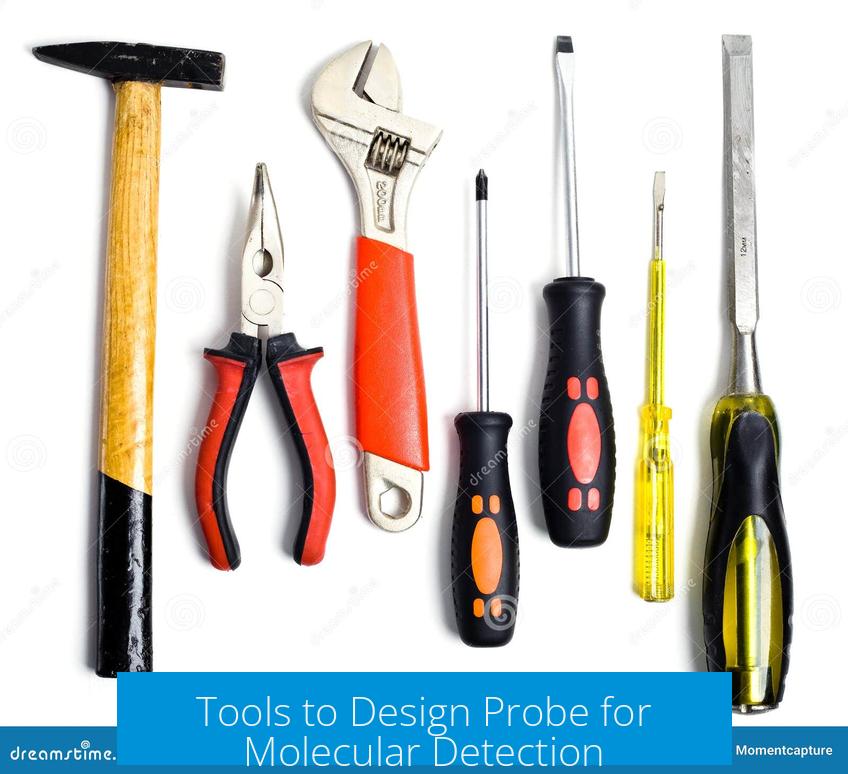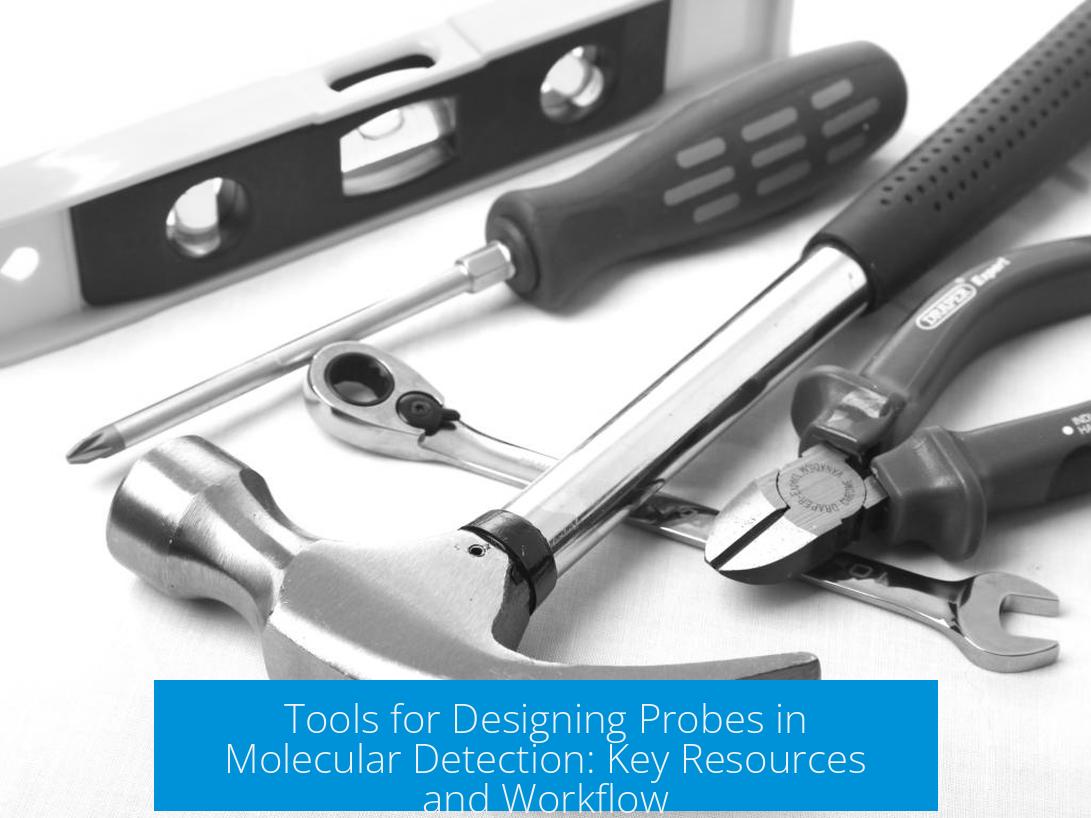Tools to Design Probe for Molecular Detection

Designing probes for molecular detection relies on using specialized tools that ensure accuracy, specificity, and efficiency. These tools help define PCR conditions, analyze structural properties of primers, and confirm target specificity. A standard approach involves Primer Quest, OligoAnalyzer, BLAST, and occasionally genome browsers.
Primer Quest Tool by IDTDNA
This tool enables users to specify detailed PCR conditions such as temperature, salt concentration, and primer length. Defining these parameters carefully helps generate primers and probes optimized for the intended molecular assay. Customization leads to higher amplification efficiency and reliable results.
OligoAnalyzer by IDTDNA
OligoAnalyzer aids in checking secondary structures within primers or probes. It identifies potential homo- or hetero-dimers and hairpins that can reduce binding specificity or cause inefficient amplification. By detecting these structures early, researchers can select sequences less prone to problematic formations, improving probe stability and performance.
BLAST (Basic Local Alignment Search Tool)
BLAST is essential for ensuring the designed primers or probes target only the desired sequence. By searching against nucleotide databases, it identifies unintended matches to other genomic regions. This ensures probe specificity and reduces false positives in molecular detection assays.
Genome Browser (When Applicable)
For pathogens with fully sequenced genomes, genome browsers provide detailed views of target regions. This tool facilitates the selection of unique sequences for probe design, avoiding conserved or repetitive areas. It complements BLAST by offering genomic context and precise localization of target sites.
Workflow for Probe Design
- Start with Primer Quest to design primer/probe sequences under custom PCR conditions.
- Use OligoAnalyzer to screen for secondary structures like dimers and hairpins.
- Validate specificity with BLAST against nucleotide databases.
- If available, consult a genome browser to examine the exact target sequence context.
Key Takeaways
- Primer Quest customizes primers based on PCR parameters.
- OligoAnalyzer detects primer secondary structures to improve stability.
- BLAST ensures probe specificity by detecting off-target binding.
- Genome browsers provide detailed sequence context for probes.
- Following this workflow increases the accuracy and reliability of molecular detection probes.





Leave a Comment